Sweating, singing, and healing by Lake Apavatn
Before entering the sweat lodge, thanks are given to the directions, each of which has its own meaning. In the photo, participants face west and thank the elves and trolls for assisting them in the day’s sweat. mbl.is/Árni Sæberg
A group gathered yesterday by Lake Apavatn to participate in a sweat ceremony led by the artist Þorlákur Hilmar Morthens—better known as Tolli. Known for his work introducing sweat rituals into Icelandic prisons, Tolli has long promoted the ceremony as a powerful method for healing, especially among those recovering from addiction or incarceration.
The sweat, rooted in the spiritual practices of Indigenous tribes in North and Central America, is both a physical and emotional cleansing ritual. Inside a sealed tent, participants sit as water is poured over red-hot stones, creating intense steam. Each sweat is experienced differently, but the ceremony is designed to guide participants inward—toward a deeper connection with themselves and others.
Boiling hot stones are carried into the tent, and water is poured over them to heat up the sweat lodge. mbl.is/Árni Sæberg
“Sweat makes everyone equal”
Tolli, who first encountered the ceremony in 1996, acquired his own sweat tent in 2007 and has led hundreds of sessions since—both in the community and inside prisons such as Sogn and Kvíabryggja.
“Sweat is a specific methodology that works for people and helps them get to know themselves,” Tolli explains. “It’s not only for those in prison, but for people in all kinds of life situations. Sweat makes everyone equal and meets us all the same. Love and compassion are inside the tent, and it helps us dare to be ourselves.”
A journey in five rounds
The ceremony is divided into five rounds, each lasting over 30 minutes. Men and women are separated inside the tent, where Tolli sits in the center and leads the process. Before entering, a tobacco ceremony is held around a fire—tobacco being considered a sacred plant in the tradition.
The first round focuses on spiritual connection with the sky, earth, and all directions. The second centers on the physical body and what it holds. The third round is a prayer circle dedicated to ancestors. The fourth round is for empowerment, where participants may speak if they wish. After each round, participants can leave the tent to cool off—even jumping into the nearby river. The fifth round serves as closure and integration.
Throughout, sacred songs from North American tribes are sung—songs passed down orally without written lyrics. Icelandic lullabies such as Sofðu unga ástin mín and Buddhist mantras are also included.
“It changed my life”
Several former prisoners participated in yesterday’s sweat. Many have practiced regularly since their incarceration, while others first experienced it behind bars and continued afterward. They credit sweat with changing their lives—helping them find peace, purpose, and sobriety.
Tolli tells the Germans about the sweat ceremony, and some of them are undoubtedly skeptical. mbl.is/Árni Sæberg
Europeans join the circle
This week, a delegation from the EU’s Perspektive project visited Iceland. Representatives from Greece, Italy, Romania, Turkey, and Germany are studying how different countries support prisoners as they transition back into society.
After learning about Tolli’s work, ten German delegates joined the sweat. Among them was Peter Dohmem, who admitted he was nervous but curious.
“I’m going in with an open mind,” Dohmem said. “If I’m going to recommend this to others, I have to try it myself. I want to know if this touches the soul.”
The ceremony was still underway when the journalist left, so Dohmem’s reflections remain unknown. But if his experience proves powerful, it may not be long before sweat rituals are introduced in prisons beyond Iceland.


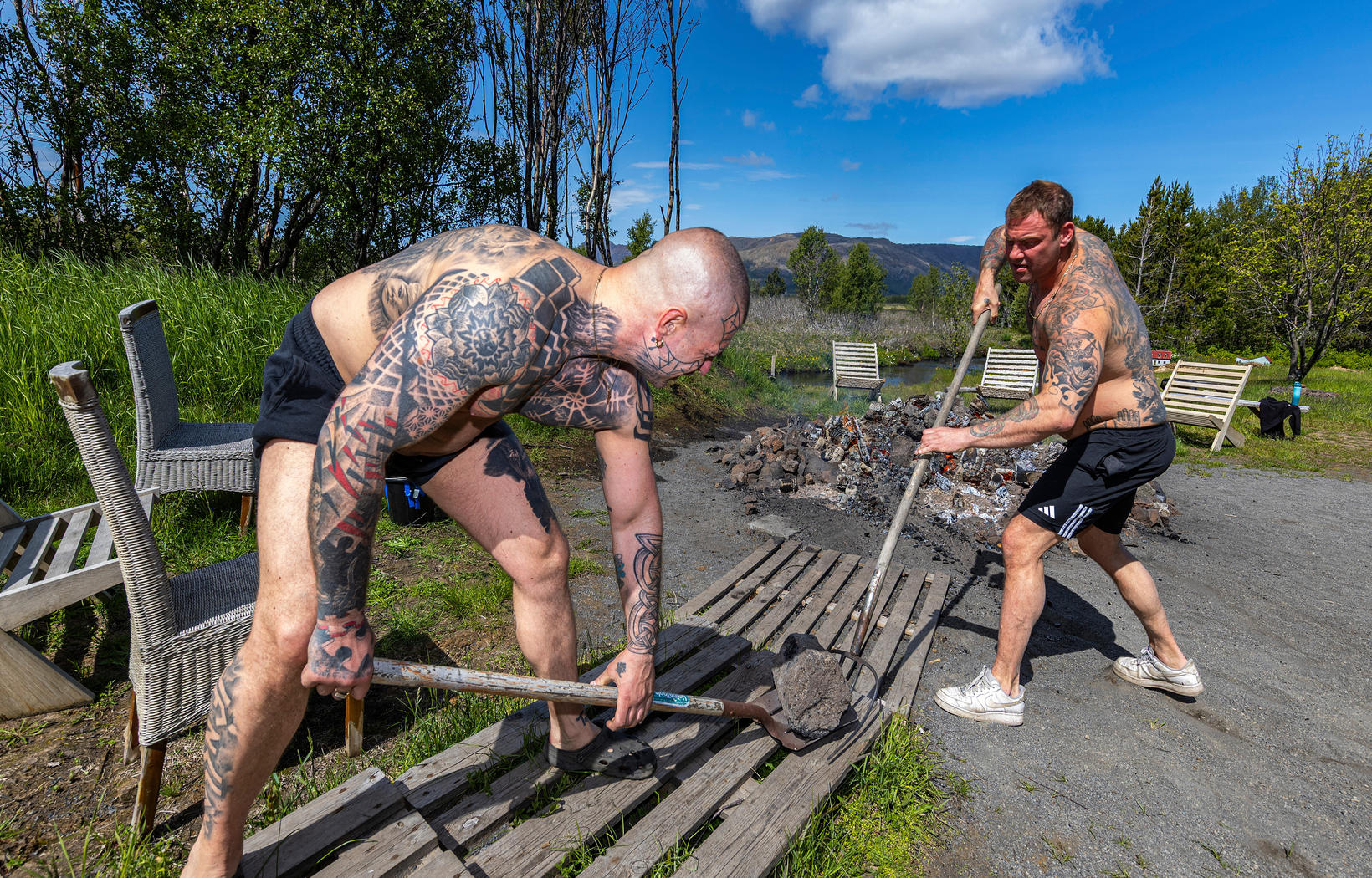
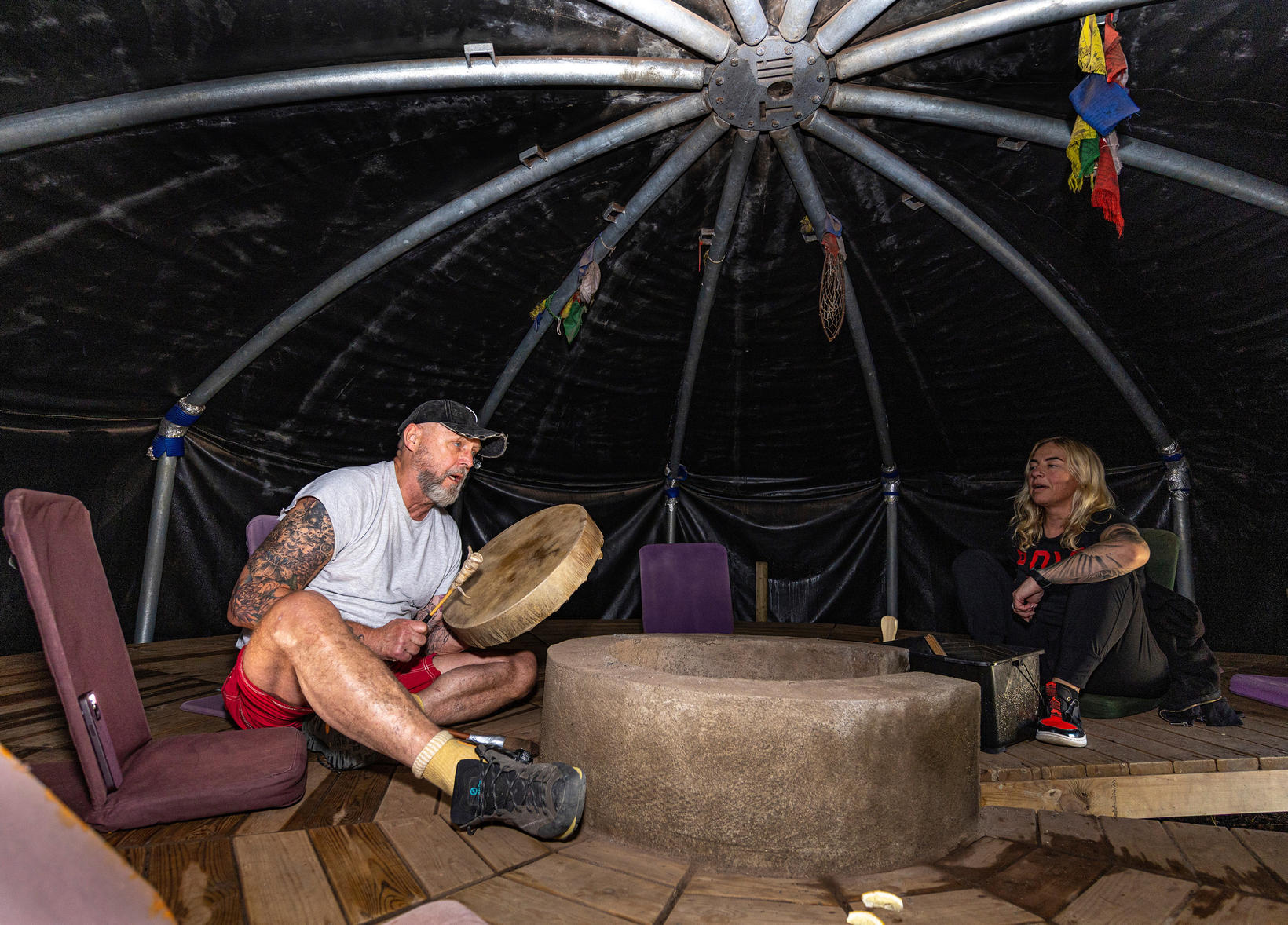
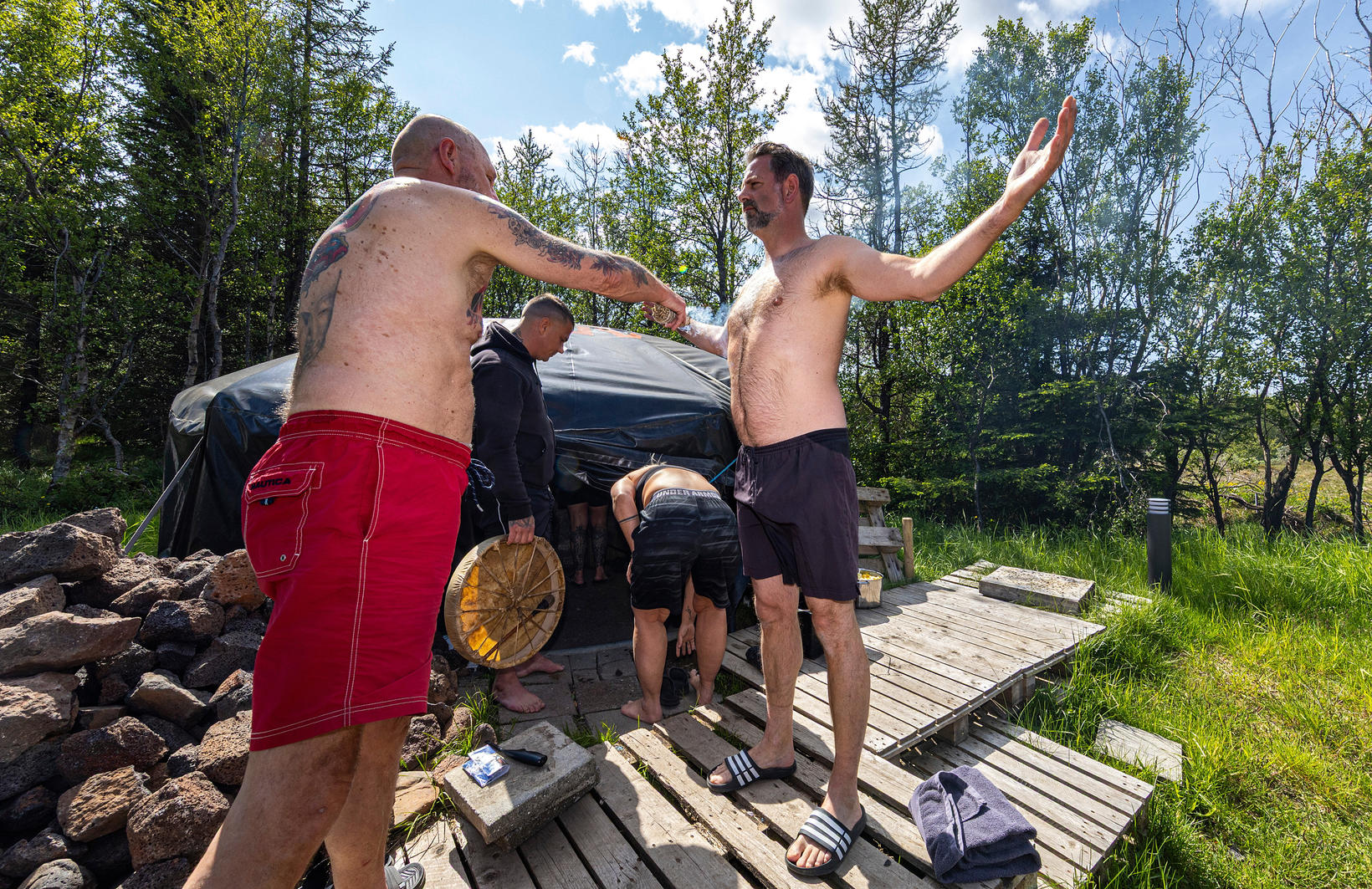
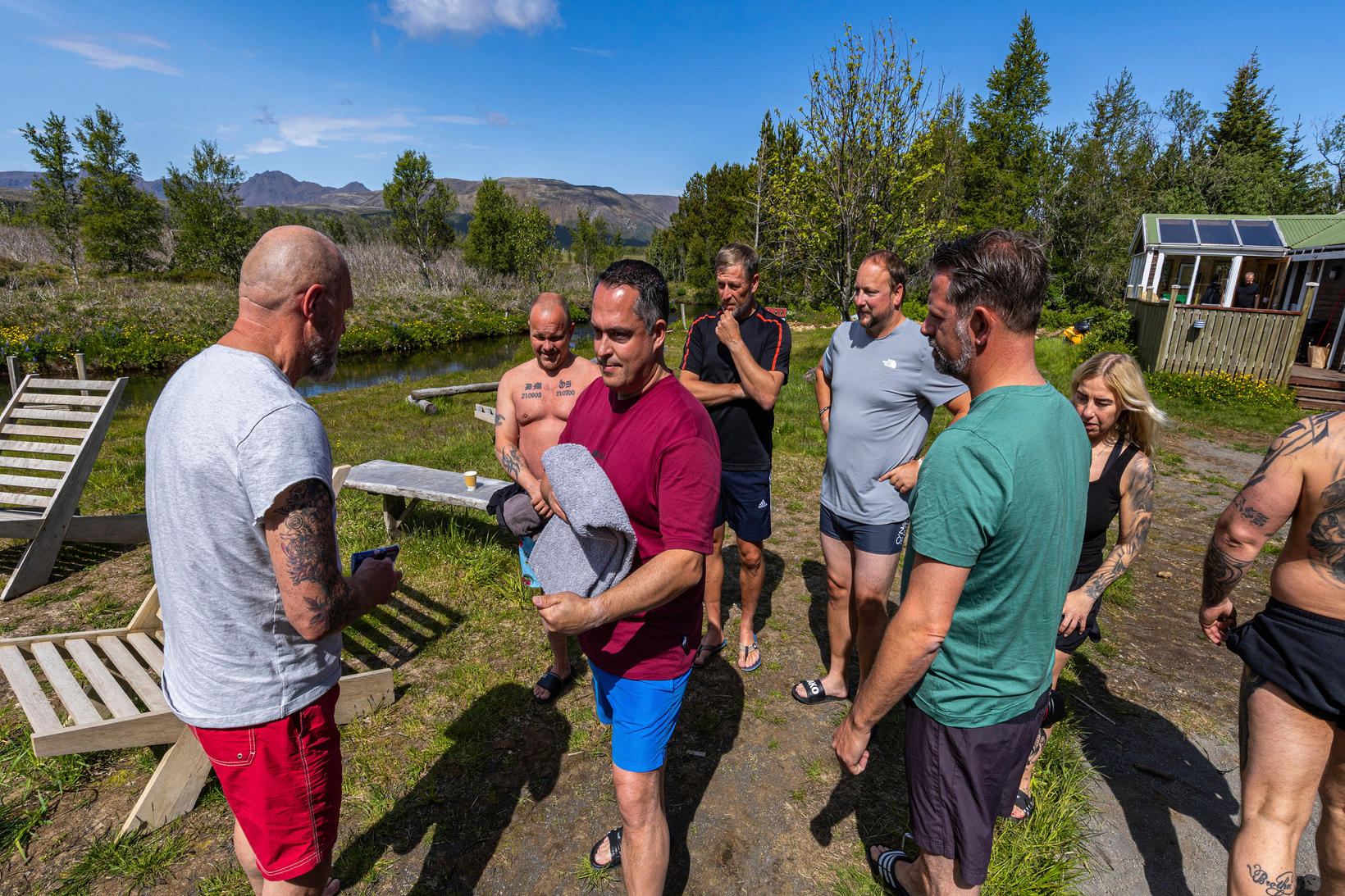
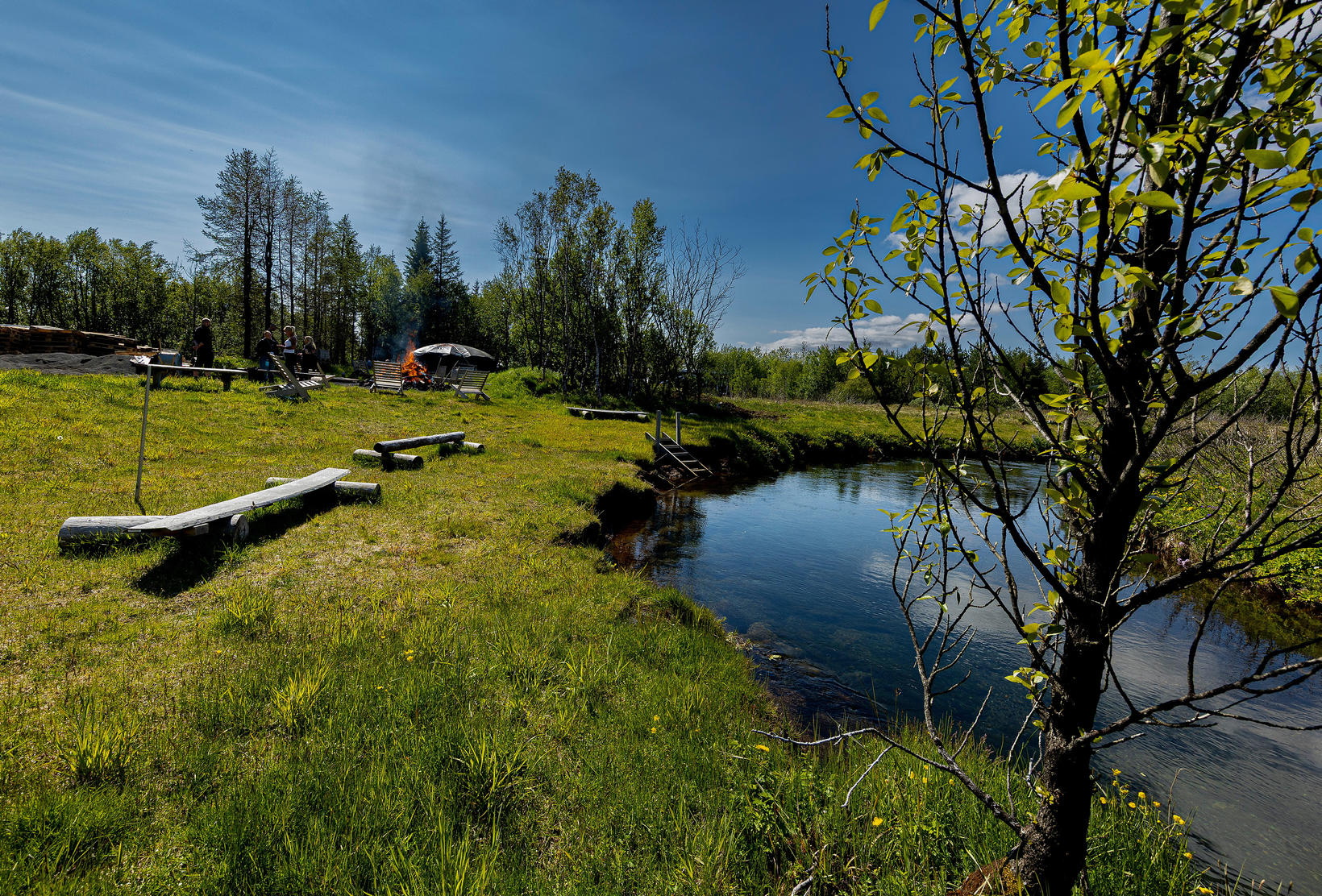
/frimg/1/58/37/1583777.jpg)





